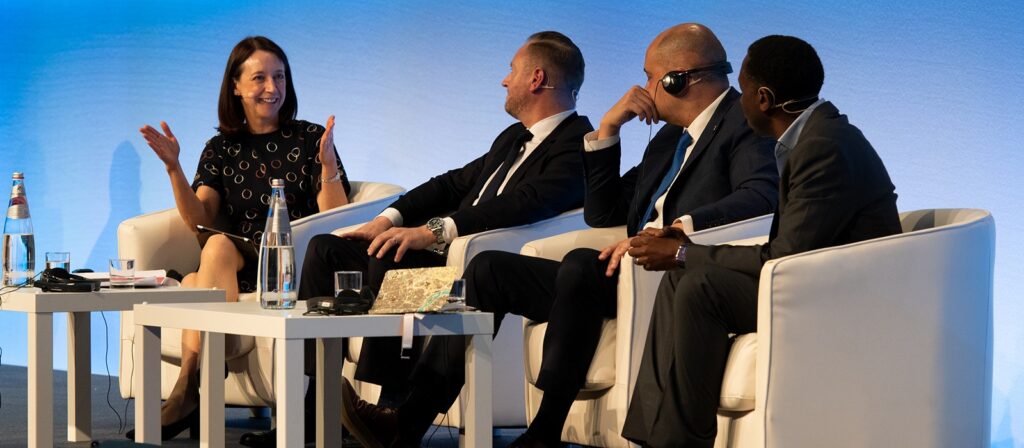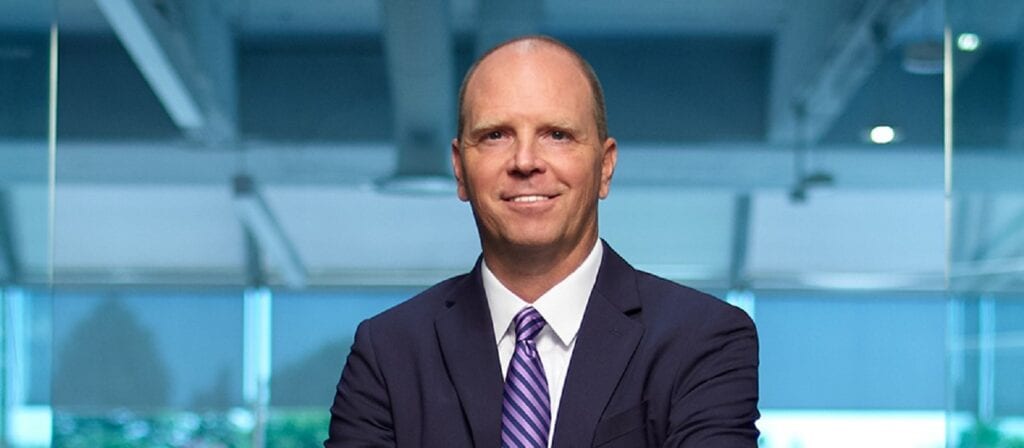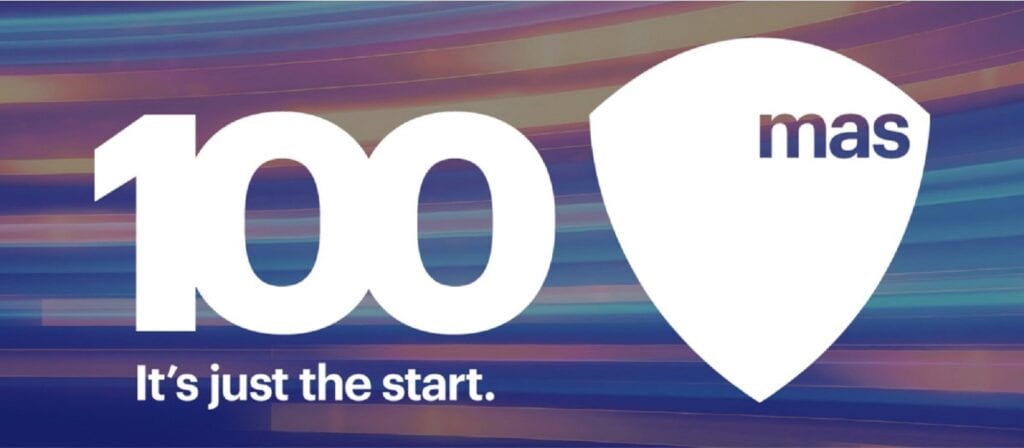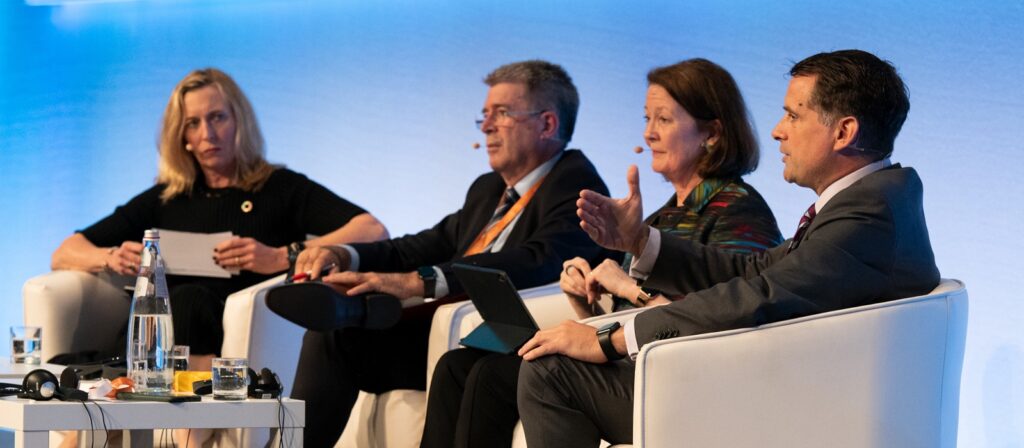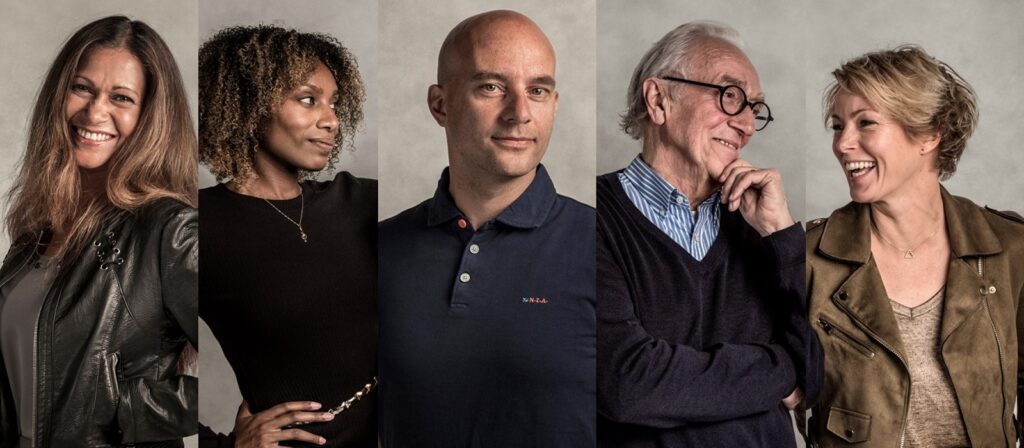Gore Mutual, Canada’s oldest general insurance company, started in 1839 with the purpose of protecting people and their businesses from fire. 100 years later they wrote their first auto insurance policy. Today, Gore is a fast-growing, purpose-driven, digitally-led challenger brand with 600 employees and USD 500 million in premiums. They now write multiple P&C lines, motor, home and business insurance, through 100% broker distribution.
Gore Mutual have survived as a small business for so long because of how they embraced principles of mutuality, such as conservatism, prudence and maintaining local roots for generations. Until recently, they had a bylaw that said the CEO and Board Chair had to live in Cambridge, Ontario, where the company was founded. These self imposed limitations limited the growth of the business. Whilst Gore Mutual still value mutual principles today, they recognised that they will not see them through to the next 180 years, and so have set about a significant transformation of their business.
Gore Mutual are facing challenges in four key areas which represent a potential existential threat to small- and medium-sized mutual companies:
- Capital: Most Canadian mutuals are unable to access external capital, meaning earnings are the only viable source of growth capital. Mutuals with large balance sheets have lots of options when it comes to optimising capital to fuel organic growth, those with smaller balance sheets, such as Gore Mutual, do not have the capital to grow to meet the ambitions they want to meet. While there are some other means of accessing capital, such as the debt market and partnering with other mutuals, arrangements are limited and expensive.
- Consolidation: While the Canadian market was historically very fragmented, there is rapid consolidation of insurers and distributors due to private equity flooding the market. Gore Mutual has realised that they do not always have the capabilities they need for the next steps in their journey.
- Customer: Customer expectations are constantly changing. It is easy for stock companies to replicate the message mutuals have around purpose and around what they stand for.
- Costs: The costs of running a sub-scale business are significant, and they disproportionally impact mutual insurers. The tightening of the reinsurance market, premiums going up and an increase in weather-related events, has directly impacted operational costs. While Gore Mutual is running its business organically and reducing costs, this is a challenge for small- to mid-sized mutual companies.
In 2019, despite the recent introduction of legislation in Canada to allow for the demutualisation of P&C mutuals, Gore Mutual made the long-term strategic decision to remain a mutual company and to commit and invest in its mutuality. To do this, they also needed to make transformational investments in their business for their employees, their distributors and their customers. They called this path Project Next Horizon. The project harnesses the simplicity of their business and their agility as a business without shareholders to answer to. The plan of the project is a 10-year strategy to become a top 10 Canadian insurer, quadrupling the size of their business through scaling and diversifying.
To do this they have taken bold investment moves in:
- Technology: new systems throughout the business. They have chosen Guidewire as their core platform, putting Guidewire in for all lines of business, policy billing and claims in two years. This has allowed 95% straight through processing in motor and property lines.
- People: they have doubled their workforce, focusing on specialist roles in claims and underwriting, delivering tens of millions in savings in recurring claims costs.
- Operating model: they have gone from an analogue process where everything was manual and processes were often repeated, to digital where it is straight forward and managed on a portfolio level.
- Distribution: they have improved their broker distribution network to help them realise their goals of doubling the size of the business in the next 3-5 years.
Before their transformation began, their purpose statement was “mutual protection from the hardship of misfortune”. They realised his was difficult to remember and not inspiring. They changed this to “providing insurance that does good”, which is underpinned by three pillars: be good, do good, spread good. Their entire purpose framework is based on three SDGs on poverty, equity and climate.
